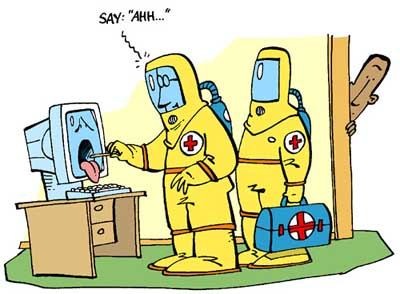
I recently tweeted that I was feeling frustrated with the medical billing industry. At that moment, I was particularly bothered by the seemingly endless wait of navigating the phone tree to get to a human being only to be shunted to voicemail. However, miracle of miracles, I did in fact get a return call from a person to discuss a recent explanation of benefits (EOB) I had received from my insurance company.
While my family had benefited from the services of this provider over the course of the last couple of years, we decided to move on and I was looking to settle accounts. I couldn’t help noticing that the EOB included Dates of Service that occurred after we had changed providers. Not wanting to immediately proclaim insurance fraud, I called up the provider to discuss what I imagined to be a data entry mistake.
The helpful billing staff member at the other end of the phone call fielded my questions calmly and clearly had heard this complaint before. She explained to me that sometimes there have been data entry mistakes related to the intake of a patient. Since recurring billing is scheduled based on this intake date, she had encountered situations where all of the billing they ever submitted for a patient had incorrect Date of Service values. She said that in this case she would have to make a note of the error, remember that it had occurred, and continue to submit that note with any problematic records since she wasn’t permitted to alter the medical record. I don’t think she meant that the software provided the option to enter an explanation:
If possible, explain why the earlier note was incorrect, the reason for the error, and the reason the error was noticed.
— Medical Economics
Rather, I think she had some separate, manual workaround for note-taking related to someone’s file.
Apparently there was an update/edit capability in the software but she was instructed not to use this due to legal concerns around altering a medical record. Presumably, their software did not provide differentiation between original and updated values with appropriate timestamps:
With electronic medical records, the computer program must show the dates of the original notes and the dates of any changes or new entries.
— Medical Economics
For the user, the result was effectively having no way to edit data. What a difference that context makes!
However, this was not our problem. She also elucidated a software bug in the system that involved a gradual creep of date ranges. For example, a monthly shipment of supplies would be billed over the course of 4 weeks after each ship date. After 2 years of shipments, the weekly billing dates had a lag of 11 days, which happened to put them after the date they discharged us from their care, making the incorrect billing appear to be fraudulent.
Despite having full CRUD functionality to allow correction of incorrect data entry, the staff would not correct records and in addition to that had to live with the pain of a creeping inaccuracy, leading to enough friction for the billing staff user that she had a canned answer for my concerns, which she had clearly addressed many times with other patients and their families. What a knot of confusion for the staff to untangle over and over again.
I can only hope that my new medical provider has a different medical record software provider and that the creeping crud doesn’t prove to be highly contagious.
Pingback: Five Blogs – 14 April 2012 « 5blogs